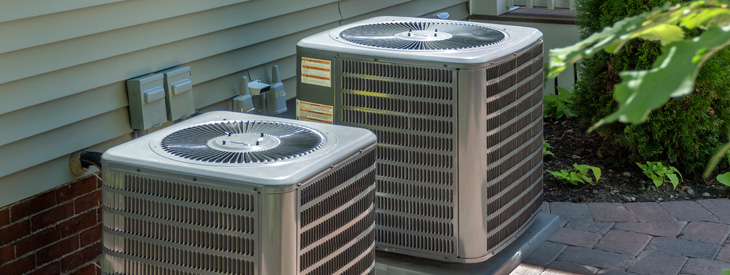
We received a question about the potential decline of the R22 Dry Charge units after the 2015 efficiency regulations go into effect and thought others might want to read about this topic.
The new efficiency standards going into effect on 1/1/15 do not really address any questions about refrigerants directly. However, we believe the new regulations will have some indirect effects on demand for R22 dry charge systems since almost all of the dry charge units today are 13 SEER and there will be restrictions on where 13 SEER can be used after the regulations change. Based on what we have heard from the DOE, there is an 18 month grace period, ending on 6/30/16, to install products built prior to 1/1/15. Any system built after 1/1/15 must meet the new efficiency standards for affected regions. Under these new efficiency standards, all heat pumps must be 14 SEER or higher for all regions, irrespective of the refrigerant used, after the 18 month grace period. All unitary split AC systems in the South and Southwest regions must also meet the 14 SEER or higher standard but they only have to be 13 SEER or higher in the North region, also irrespective of the refrigerant. Thus, it would appear that after the grace period, R22, 13 SEER, dry charge unitary split AC systems will only be allowed in the North region. There is nothing pending to our knowledge that will restrict the ability to install those last remaining R-22, dry charge 13 SEER AC models into the North but we do know that all the other regions and all heat pumps for all regions must be 14 SEER. After the grace period, any dry charge units for those regions and any heat pumps for any region must be 14 SEER, irrespective of refrigerant used. The question remains as to whether there will be any interest in 14 SEER dry charge units which might meet the minimum SEER level for all heat pumps and for the AC systems in the South and Southwest regions or whether that is even possible.
We will continue to monitor this situation as it evolves so please check back from time to time and let us know what you are hearing from others about these regulations.


